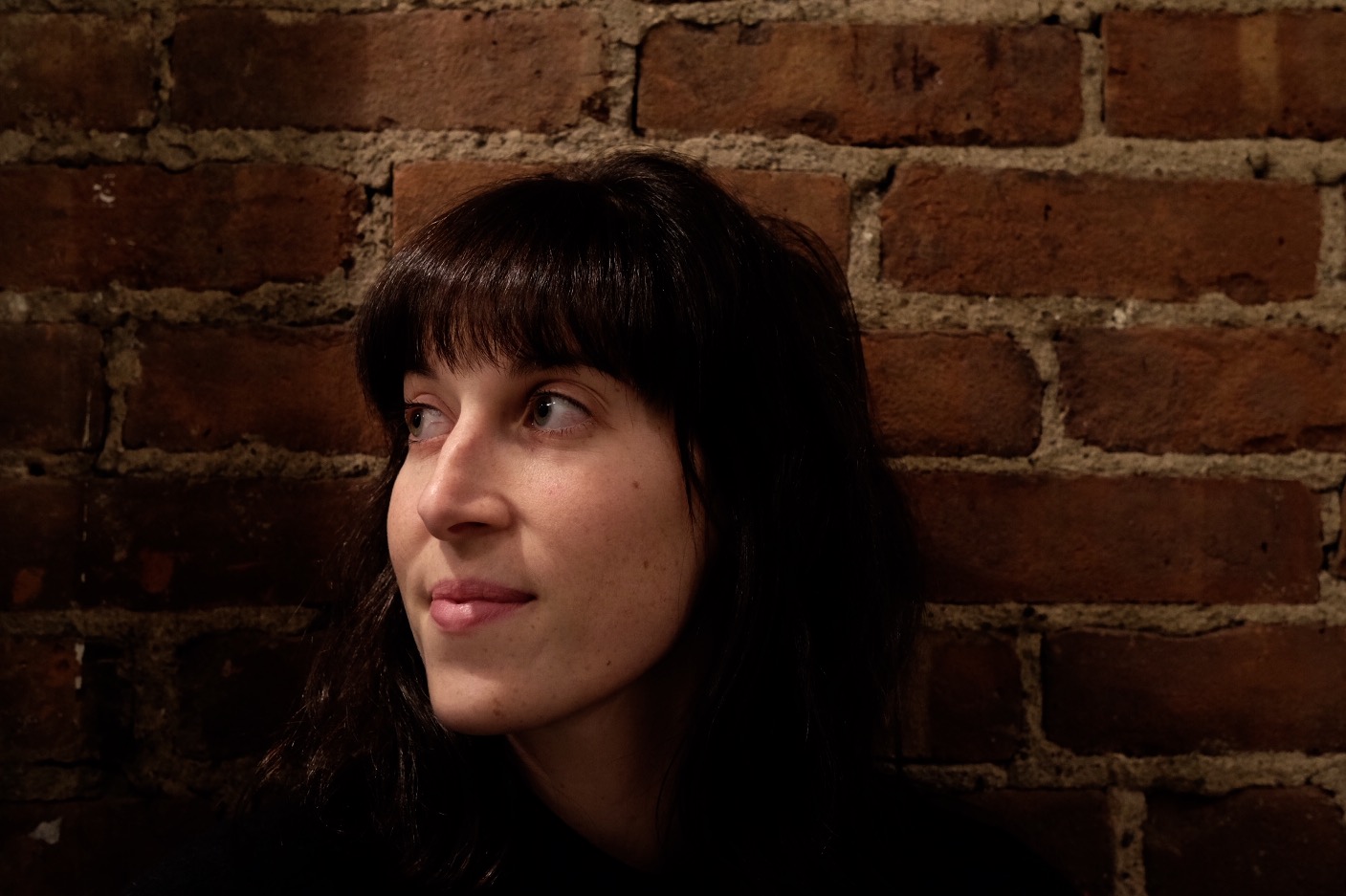In the first installment of our six-part series on photojournalism, we look at the challenges of building a more diverse photojournalism climate — and highlight some organizations working to change that.
Pauline Eiferman, a photo editor at Roads & Kingdoms, had long thought she was doing a good job assigning diverse photojournalists for her media organization’s stories.
But then, she decided to actually take a moment and look at all the photographers to whom she’d given assignments during that month.
“When I saw those numbers, I thought ‘OK, I need to be way more proactive,’” she said.
She realized that because she was not thinking enough about the issue and spending extra time finding new and different photographers, she was simply assigning the same photographers — who tended to be mostly male from Western countries.
A 2016 World Press Photo report on news photographers found in their survey of 1,991 photojournalists that nearly 65 percent of the 1,991 photojournalists surveyed came from Europe and North America. Only 15 percent were women.
The issue is well known in the industry. Initiatives such as databases, mentoring or fellowships for diverse photographers have been trying to remediate the situation.
But Eiferman believes photo editors should be part of the solution by making active efforts to assign and hire photojournalists who may not always be part of their network or may not have already been widely published.
“If you don't pay attention, you are going to end up only publishing male photographers, it just kind of happens if you're not proactive,” she said.
And these efforts require extra work, she warned.
“Sometimes I search for a photographer for hours before I can find someone who's not going to be a white guy that I fly in from America,” she said. “Once I do find someone that I'm satisfied with, it feels great, because I know that I can count on them to tell that story in the way that I want it to be told.”
In general, Eiferman said she gets more pitches from men photographers and is now careful about the gender and nationality of the person pitching to her.
“So many stories are pitched by an American, or an Italian, or an English photographer who's spending a couple of weeks in a country — which is totally fine — but if I'm able to find someone who knows the story better and who's really deeply rooted in that community, then that's definitely a plus,” she said.
 Eiferman is encouraged by initiatives and tools that help translate her wish for more diversity in her assignments to reality. She said she uses Women Photograph, an online database of international women photographers, “almost every day” to assign stories.
Eiferman is encouraged by initiatives and tools that help translate her wish for more diversity in her assignments to reality. She said she uses Women Photograph, an online database of international women photographers, “almost every day” to assign stories.
“I think it’s so valuable to be able to say ‘OK, there’s a problem and here are the tools we can use to fix it,’” she said.
Although she said there is a lot of work to be done, she is optimistic and hopes major photojournalism festivals and publications will work on showcasing more work from diverse journalists in the future.
“I hope I can also contribute to make [the industry] a little bit more diverse and to help photographers who don’t necessarily pitch big publications because right now it doesn’t look like there’s space for them,” she said.
If you are a photo editor and are trying to find new and different photojournalists, here are some initiatives that can help you finding them:
The African Photojournalism Database is a joint project of the World Press Photo Foundation and Everyday Africa, launched in August 2016. Each member is a photojournalist based in one of Africa’s 55 countries. They also must have a website, Instagram or Facebook page with recent work.
Diversify is a database of photojournalists of color. Created by photographers Brent Lewis and Andre Wise, the site was “born out of a recognition that calling for more diversity in the photo industry is not enough,’ Photographers can be found based on their ethnicity, languages spoken and area of expertise. The initiative is sponsored by Visura, a professional network for photo and film industry.
Women Photograph was started in 2017 by photographer Daniella Zalcman. The database includes more than 500 independent women and gender non-conforming photo and video journalists based in 87 countries.
Majority World is an agency with offices in Sri Lanka and the United Kingdom founded by Bangladeshi photographer Shahidul Alam and British organizational consultant Colin Hastings. Its members include photographers from Asia, Africa, Latin America and the Middle East.
Native Agency is a smaller platform for emerging photographers from underrepresented regions and countries, including Nigeria, Kenya, Tunisia, Ecuador, Madagascar, South Africa and Venezuela.
Do you know of an initiative we did not include but should be here? Comment on the article below or let us know on our Facebook page.
Main image CC-licensed by Flickr via Benjamin Ho. Secondary image of Pauline Eiferman courtesy of Eiferman.

